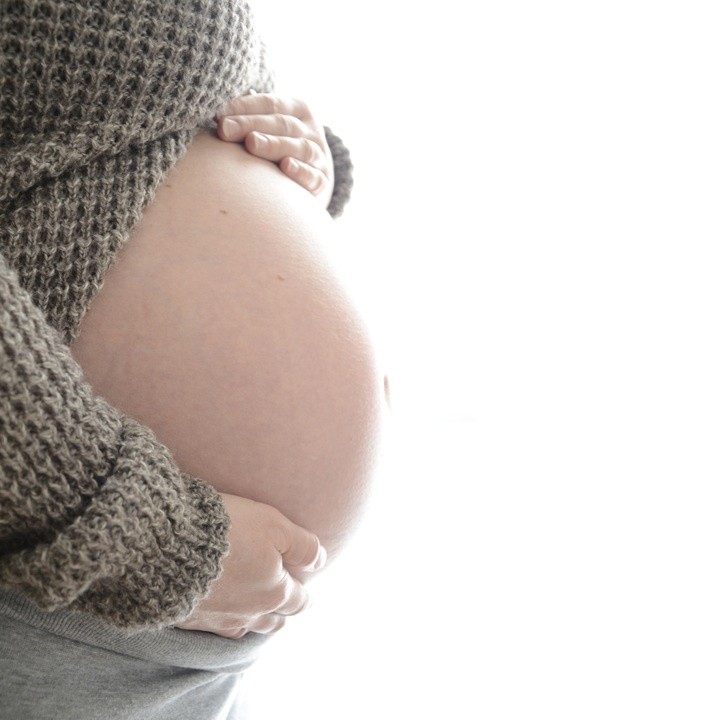Research recently discovered over 100 synthetic chemicals which include 55 never-reported ones in humans, and 42 others labeled as 'mysterious chemicals' without any sources or identified uses.
According to a report from Changing America, the study published in Environmental Science & Technology (Suspect Screening, Prioritization, and Confirmation of Environmental Chemicals in Maternal-Newborn Pairs from San Francisco) has identified evidence of dozens of synthetic chemicals previously not found in humans, specifically in pregnant women's blood, as well as their newborns.
The University of California San Francisco researchers collected blood from 30 pregnant women and samples were taken from their umbilical cords.
They then analyzed the blood samples through the use of high-resolution mass spectrometry or HRMS to identify human-made chemicals in the blood.
ALSO READ : Study Offers Hints on the Reason Pregnancy May Raise Danger of Rejection of Organ Transplant

Mystery Chemicals
As indicated in the report, the researchers discovered 109 chemicals during the study. These included 55 chemicals that had never been reported in humans and 42 were regarded as 'mystery chemicals' that did not have any sources, neither did they have any identified uses.
According to the study authors, the chemicals most possibly came from consumer goods or other industrial sources and the fact that they were detected in both the pregnant women's and their children's blood suggested they travel through the placenta of the mother.
According to obstetrics, gynecology, and reproductive sciences professor at UCSF Tracey Woodruff, the said chemicals have possibly been in people for quite some time already, "but our technology is now helping" them to identify most of these chemicals.
The professor said that people have too much exposure to synthetic chemicals by eating and drinking products that have made contact with containers and through a range of other products.
PFAS Compounds Discovered
The chemicals identified are used to make plastics more flexible, and for pharmaceuticals, consumer goods, flame retardants, and pesticides.
In addition, they include perfluorooctanoic acid or FPAS compounds, which have been used in various industries, mostly as coatings to repel grease, water or oil globally and in the United States, since the 1940s.
Commenting on the discovery, Woodruff said that it is alarming that certain chemicals are constantly seen traveling from pregnant women to their babies. Meaning, these chemicals can be present in humans for generations.
Lack of Guidance on Chemicals for Pregnant Women
Several years ago, Home Sadaka Associates released an article on its website advising pregnant women on how they could maintain a healthy diet during their pregnancy. They were also advised that smoking and drinking can posture a possible danger to their baby.
Nevertheless, guidance on some of the chemicals pregnant women were possibly coming in contact with seemed lacking.
These previously-posted articles specified that it is extremely essential to keep the environment safe from things that can be harmful to pregnant women.
How Pregnant Women Can Protect Themselves and Their Babies
Pregnant women have too much exposure to a huge number of household chemicals by means of household cleaning products and hygiene and personal care products like shower gels, sunscreens, and moisturizers, and food and drink as well.
Most people are not aware of this because it is not forced upon these product makers to address such hazardous household chemicals on the product label as they are used in what's described as "a loose dose."
By lessening the consumption of foods packed in plastic containers and cans and minimizing their use of personal care products, it can help keep both the mother and her baby safe.
A related report on Vinod Abraham's YouTube video below:
Check out more news and information on Pregnancy on Science Times.











